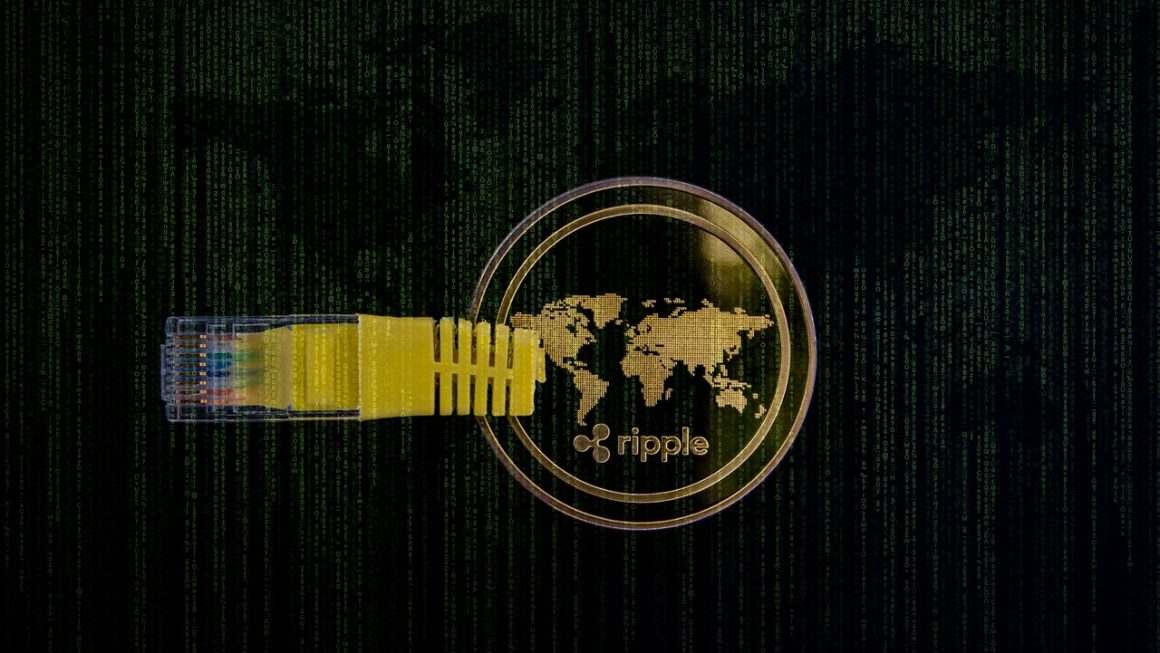Blockchain Compliance: A Comprehensive Guide
Blockchain technology holds immense potential for revolutionizing various industries. However, its decentralized and anonymous nature also poses compliance challenges. Understanding and adhering to blockchain compliance is crucial for businesses and organizations.
Regulatory Landscape
Global Regulations
- Many jurisdictions have implemented regulations specifically for blockchain, such as the European Union’s Markets in Crypto-Assets Regulation (MiCA) and the United States’ Securities and Exchange Commission (SEC) guidelines.
- These regulations address issues like cryptocurrency trading, stablecoins, and token issuance.
Industry-Specific Regulations
- Industries such as finance, healthcare, and supply chain have specific regulations that apply to blockchain use cases.
- For example, financial institutions must comply with anti-money laundering (AML) and know-your-customer (KYC) regulations when using blockchain for transactions.
Compliance Strategies
Due Diligence and Risk Assessment
- Conduct thorough due diligence on blockchain projects and partners to identify potential compliance risks.
- Assess the risk of fraud, money laundering, and cyberattacks associated with specific blockchain applications.
Compliance Control Framework
- Establish a comprehensive compliance control framework that outlines policies, procedures, and measures to mitigate risks.
- This framework should include guidelines for transaction monitoring, data protection, and user verification.
Legal Considerations
Data Protection
- Blockchain transactions are often immutable and publicly accessible, creating challenges for data privacy.
- Organizations must comply with data protection laws and regulations, such as the European Union’s General Data Protection Regulation (GDPR), to protect user information.
Intellectual Property
- Determining the intellectual property (IP) rights of blockchain-based projects can be complex.
- Clear IP ownership and licensing agreements should be established to avoid legal disputes.
Compliance Benefits
Enhanced Transparency
- Blockchain’s distributed ledger technology provides a transparent record of transactions, enhancing compliance with regulatory requirements.
- It facilitates audits and investigations, improving accountability and trust.
Reduced Costs
- Automated compliance processes and reduced manual intervention through blockchain can lower administrative costs.
- Smart contracts can enforce compliance rules automatically, eliminating the need for costly audits.
Conclusion
Blockchain compliance is essential for harnessing the technology’s potential while mitigating risks. By understanding regulatory frameworks, implementing sound compliance strategies, and addressing legal considerations, businesses and organizations can ensure that they operate within legal boundaries and maintain trust with stakeholders. By embracing compliance, the industry can foster the safe and responsible adoption of blockchain technology, driving innovation and unlocking its transformative benefits.



